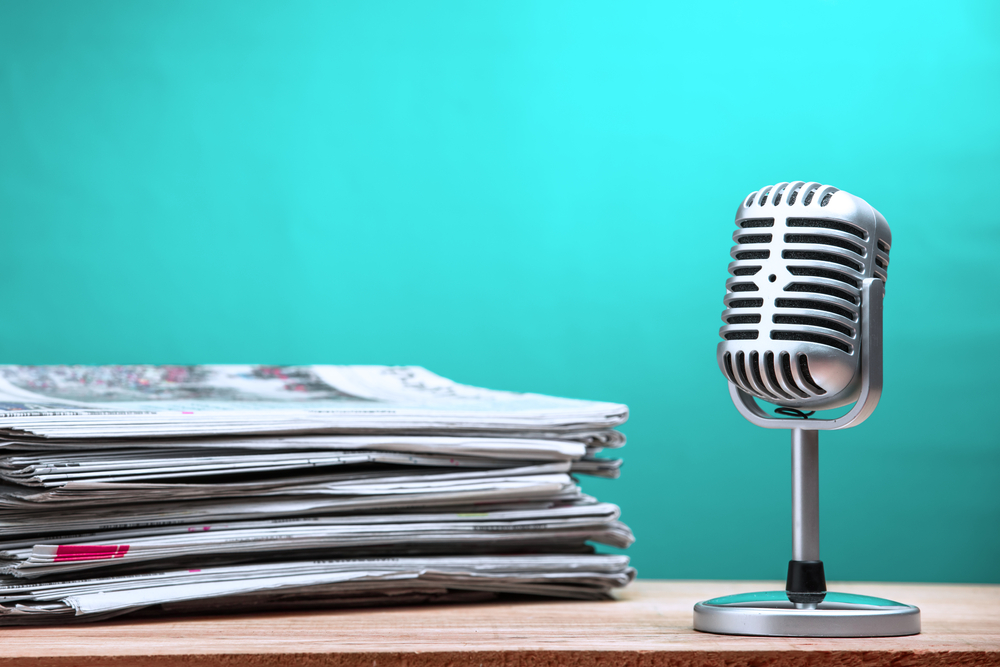Now that you’ve conducted your interview, it’s time to put it into words. But you’re not writing it just yet. Now comes the most tedious part of interviews : transcription.
Ask any seasoned interviewer and they’ll tell you that transcribing is the most time-consuming part of the process. It’s taking the recording of the conversation and painstakingly retyping every single word and answer.
This is why having a logical flow of questions matters – it helps you arrange the conversation in such a way that when you go back to transcribe, you don’t have to spend hours chasing down answers. You’ll have a rough idea of how the answers are arranged so that you can find them easier while reviewing the recording.
When Transcribing, To Type, or Not to Type?
You can buy transcription and dictation apps, but honestly, the best idea is to just listen to the conversation and type them out. While it may take a little bit longer (approximately 1 hour per 15 minutes of recorded conversation), it helps you pick up on tone and themes in the conversation and will give your written interview that much more depth and familiarity.
REMEMBER: the point of the interview was to get to know the person and what they do. You won’t get that from half-assing the transcription. LISTEN TO IT REPEATEDLY, so that you know the answers, and you can slot them into your piece accordingly.
The time you spend or don’t spend, transcribing your interview will reflect in the interview 100%.
There’s a great website called oTranscribe which combines a media player with a notepad, saving you the hassle of switching between apps/programs while you write. You just need to ensure your sound file is in MP3 format.
For iPhone users, remember that voice notes are recorded in AAC format by default. To switch, all you have to do is open the interview file in iTunes, select the file, go File > Convert > Create MP3 Version. Voila!
From there, your best bet is to focus on transcribing their answers only. You can slot in the questions later, depending on how you decide to write the interview. Some hints for the three types of interviews will help guide how you transcribe, and which answers you ultimately use.
Style Cheat Sheet
Q&A: Transcribe ALL answers.
Narrative: Transcribe answers which fit the direction of your narrative first, then go back and find a few ‘flavour’ quotes to round the piece out.
Feature: Same as narrative, but you’ll want at LEAST 10 quotes.
(We’ll cover the styles – and when to use them – more in the next section)
The Golden Rule of Interview Transcriptions
IMPORTANT: No matter the format, DO NOT alter answers to ‘read better’ unless you feel that keeping them in their current form might make the subject look bad. It’s ok to clean up a sentence, it’s UNACCEPTABLE to change their words. The interview is to showcase who they are, NOT your writing skills.
What’s good about transcribing is that while it’s laborious, it reinforces the connection you established with the subject and helps you understand who they are, and reminds you why you chose to interview them in the first place. It’s a skill, and the more you do it, the better you’ll be at it. The better you get, the quicker it goes.
No matter what the style, one word answers are bad. If your interview is full of them, you need to spend more time on your questions and conversation flow.

